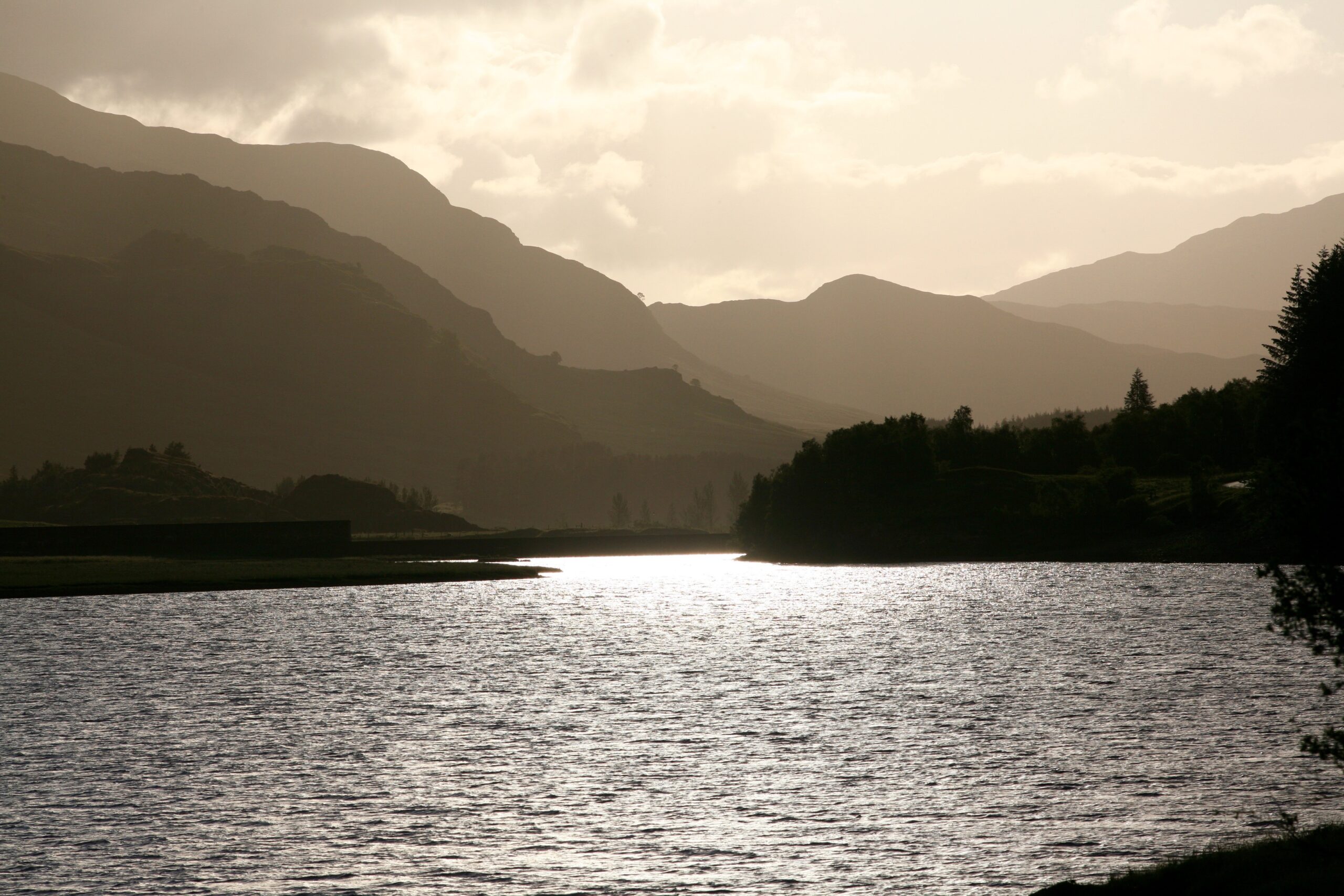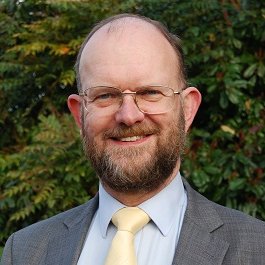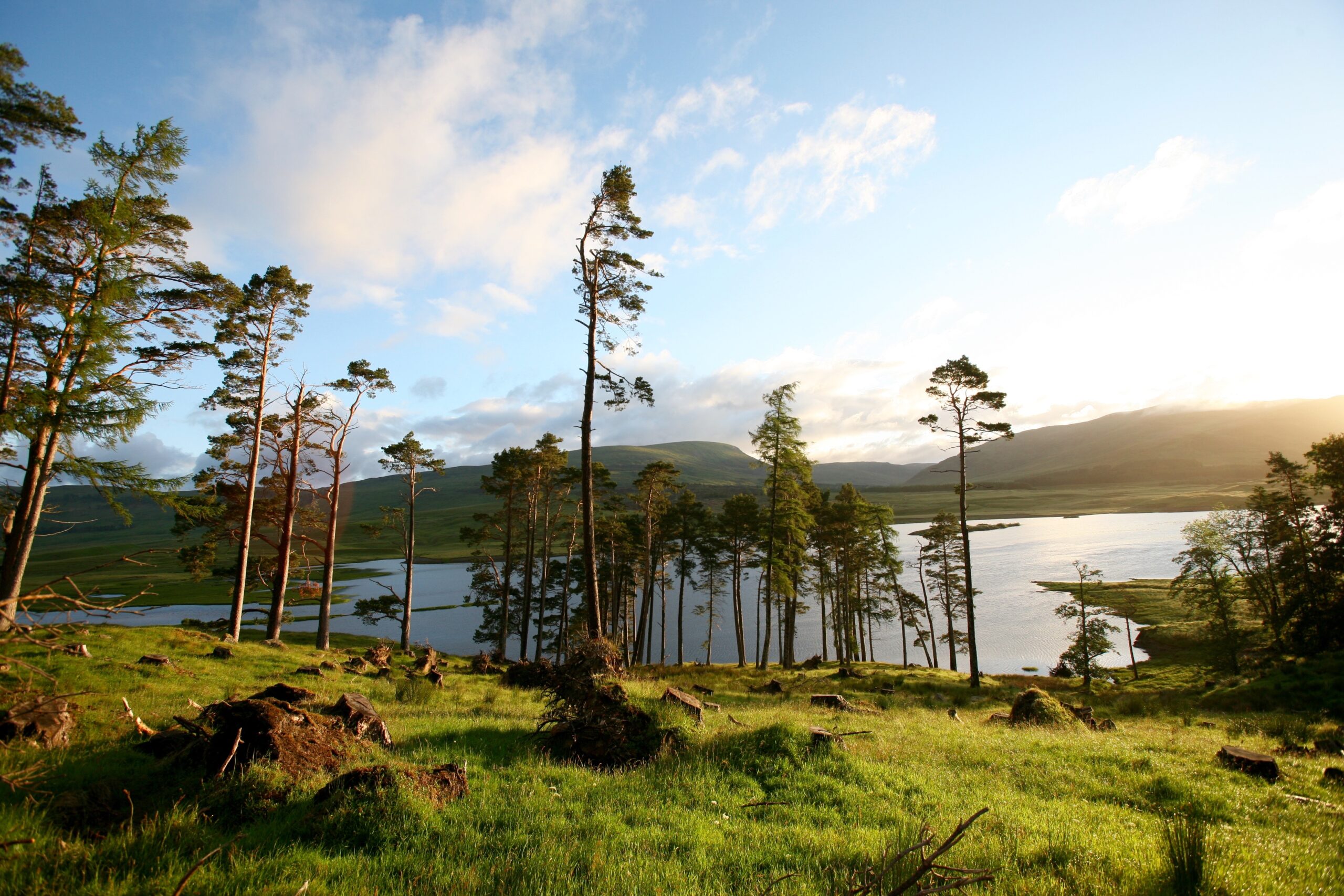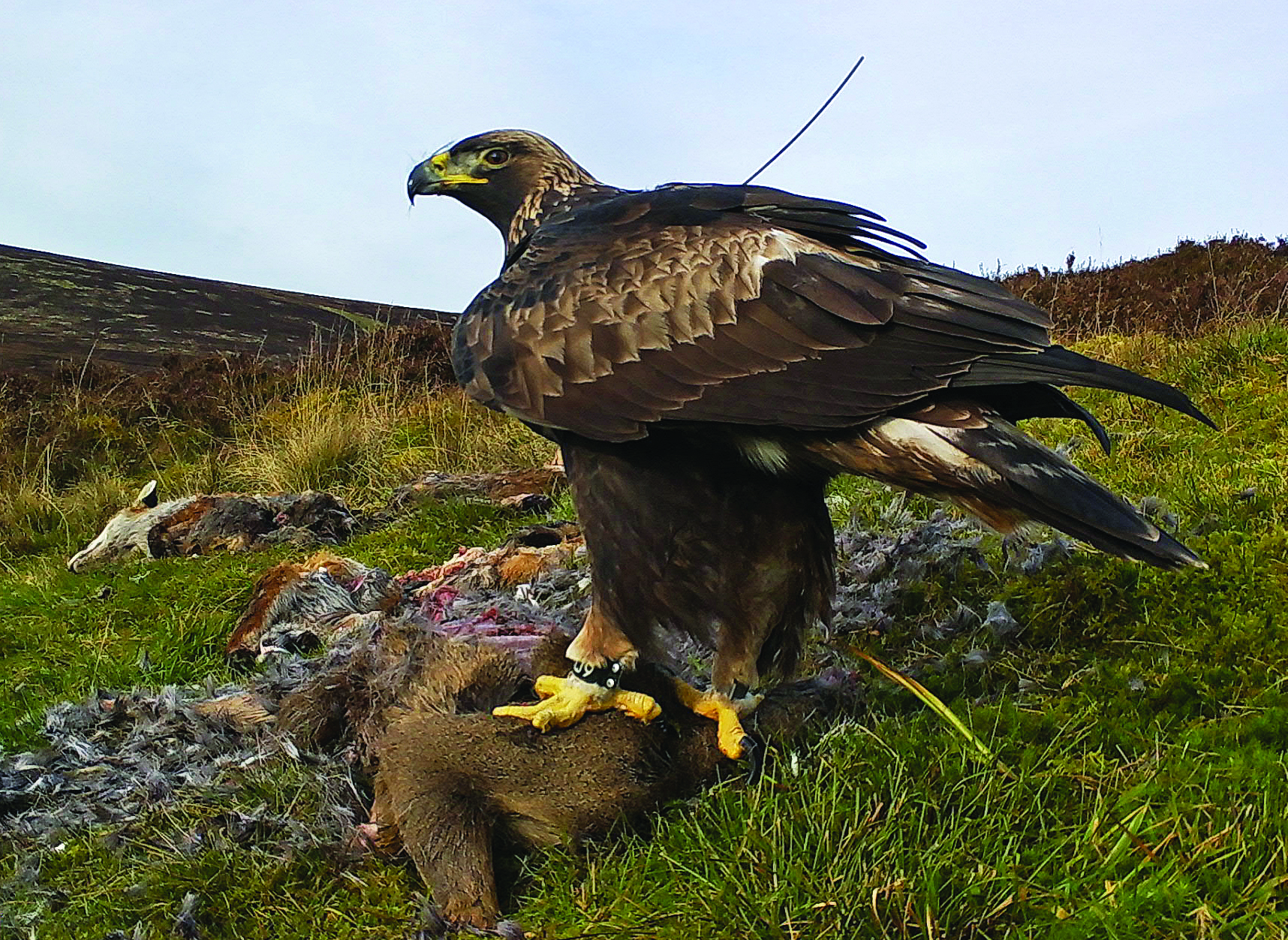Natural Capital
JAHAMA Highland Estates is managed sustainably for the benefit of local communities, the environment and the economy.
Our direct link between heavy industry and environment is unique in the UK, and we consider that we are privileged to balance such a wide range of competing objectives.
In this context, it is clear why we require to understand and quantify the extent of the Estate’s natural capital in order to ensure that we make well-informed management decisions allowing us to increase carbon sequestration and enhance the environment, building on our existing work to regenerate this extraordinary region.

What is natural capital? Natural capital is generally defined as the earth’s stock of natural assets: soil, water forests, minerals and peat bogs, for example. Ecosystem Services are derived from natural capital, for example food, fibre, water, biodiversity, clean air and rural recreation. It captures natural resource externalities that are not usually represented in our economy, to the detriment of nature. The natural capital approach ensures that we consider not only our day to day relationship with the environment, but also our longer-term need to maintain and enhance natural resources. If natural capital is not ‘visible’, it cannot be effectively cared for.
In December 2019, JAHAMA Highland Estates embarked upon a full natural capital appraisal, with the help of well-known sector expert Charles Cowap MRICS FAAV PFIAgM CEnv. Due to the sheer scale and complexity of the landholding, this appraisal will take place over several stages. The first stage, focusing on carbon, water and human recreation, is now complete. The next stage will look at biodiversity and human wellbeing, and we are also about to embark on a whole-estate carbon footprinting exercise.
The first report from the first phase of our Natural Capital project work is available on the downloads section below. This focuses on carbon, with reports on water and human recreation to follow. We have already embarked on the second phase of the project, and will provide further updates as we progress.
Related Publications
COP26 Update on Natural Capital
We have been developing a natural capital approach to the management of the JAHAMA Highland Estate over the last two years. This paper describes the estate and summarises the work we have been doing to establish a baseline. It also reviews the difficulties we have encountered and proposes some wider suggestions for further development.
Download
Letter from Charles Cowap

Letter from Charles Cowap, MRICS FAAV PFIAgM CEnv to our previous Estates Manager about the interim report on the carbon sequestration values of the estate.
Read letter
Carbon Report Summary
We have undertaken a high level strategic review of the estate’s contribution to the problems of Global Warming, and Greenhouse Gases in particular. This is to enable us to set the framework and priorities for further more detailed work, and as part of the wider GFG commitment to CN30.
Read our carbon report summary highlighting the key findings.
Download Summary
Full Carbon Report (May 2021)
Read our full and first report from the first phase of our Natural Capital project work focusing on carbon, with reports on water and human recreation to follow. Three main land uses on the estate have been appraised for their carbon sequestration in the desk top study reported here. They are woodland, grassland and peatland.
We invite you all to take a look at our report and share your thoughts and ideas with us.
Download Report





